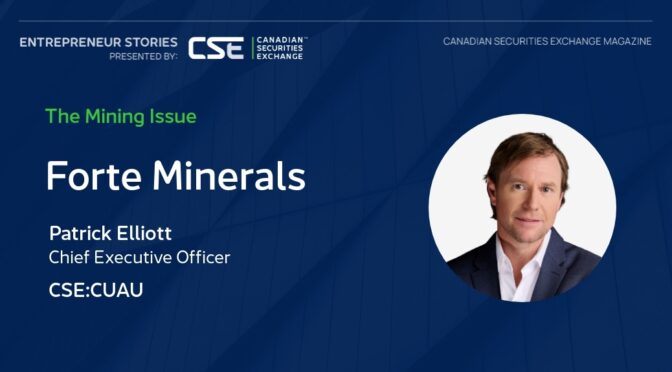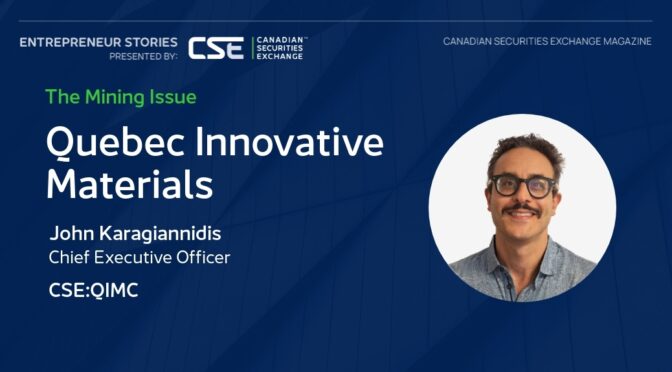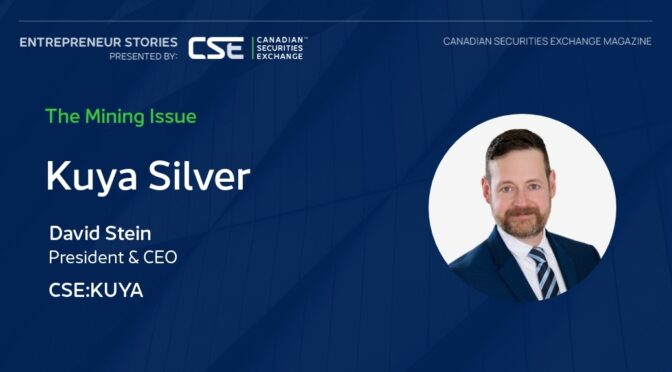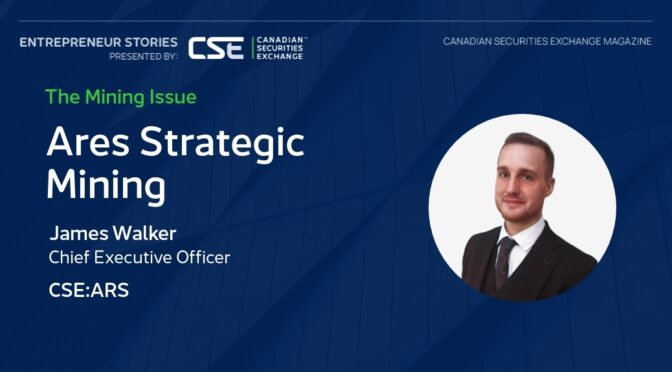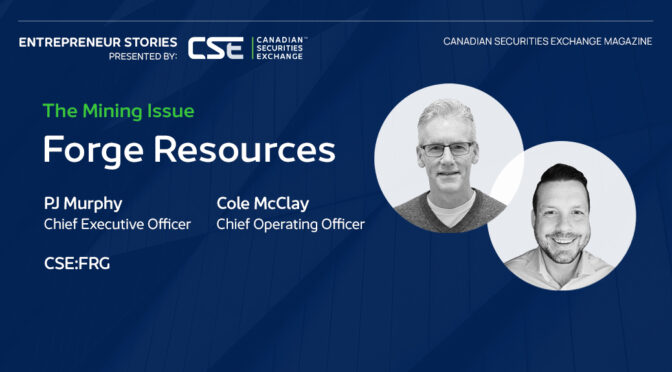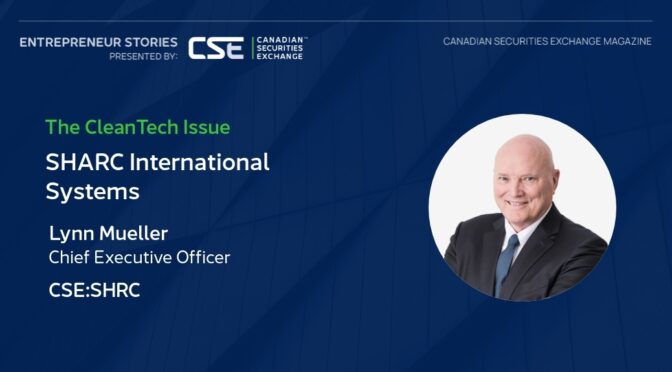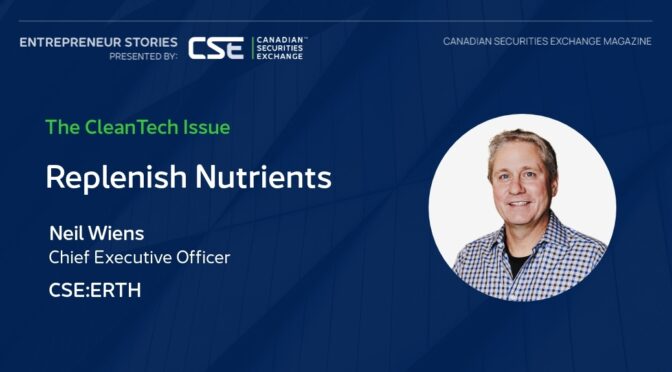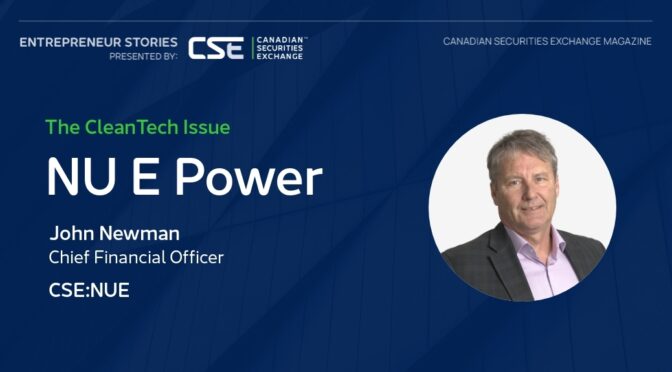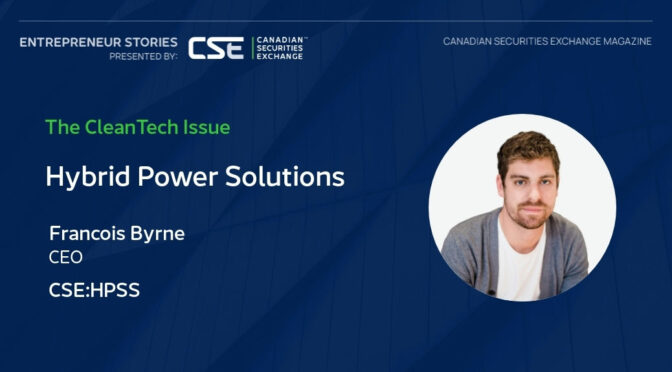Forte Minerals (CSE:CUAU) is walking an exciting path in copper-gold exploration with a focus on prolific mineralized districts in Peru, a country known for rich deposits that attract exploration and mining companies from around the world.
The company was formed through the spinout of gold and copper-molybdenum assets originally worked on by Globetrotters Resource Group, which put in over a decade of strategic groundwork to piece together a prospective resource pipeline for major and mid-tier producers.
In a recent interview with Canadian Securities Exchange Magazine, Forte Chief Executive Officer Patrick Elliott discussed the company’s strategy, key projects and exploration plans for 2025.
How does Forte approach identifying, and then prioritizing, projects for exploration and development?
Our strategy is to develop pipeline projects for major and mid-tier producers. We have about 16 years of generative effort that was the treadmill for building this portfolio through Globetrotters Resource. And interest is building. The majors and mid-tier producers are starving for a pipeline of future development projects. They’re starting to look earlier in exploration.
Our projects were acquired through strategic staking opportunities where we were very patient over the years. They were targeted, they were prioritized and they were well-known.
We often have to wait a full mining cycle to make these acquisitions at low cost or no cost. A big part of our strategy is to pick up these assets for nothing and create a tremendous amount of value by driving them through surface exploration, geophysics, drill permitting, drilling and, subsequently, resource definition and sale.
What are the highlights of Forte’s project portfolio and what makes them stand out?
We picked the top four properties held by Globetrotters Resource and spun them out into Forte. Three-quarters of our projects are drill-permitted with a Declaración de Impacto Ambiental (DIA) drill permit from Peru’s Ministry of Energy and Mines.
Of these four, two are high-sulphidation gold projects that were sought after by other mining companies, exploration companies and majors. Our flagship project is the Alto Ruri project. It was discovered in 1997 with an exceptional first drill hole of 131 metres of 2.55 grams per ton of gold from the surface and the top 55 metres ran 5.4 grams per ton. This is unique in that the rest of the deposit hasn’t been properly drill tested.
It was a project that got shelved. We staked this in 2013 when a major company dropped it in competition with another major and just recently were able to secure 100% interest.
Our other two projects are porphyry copper projects. These two projects were 10 to 12 years in the making to take them from staking to advanced drill targets. Porphyry copper-molybdenum deposits in southern Peru are some of the largest on the planet. Cerro Verde, run by Freeport-McMoRan, is the fifth largest copper mine in the world and there are several others along that southern copper belt that have given Peru its notoriety for copper production.
What else makes Peru such an attractive location for Forte’s copper and gold exploration projects?
Peru is the number two producer of copper. There are many occurrences of potassic and phyllic alteration that make up these porphyry copper-molybdenum anomalies that are so highly sought after by copper explorers and copper producers.
We’re also seeing major gold companies look for porphyry copper-gold-molybdenum anomalies and deposits for acquisition these days because of their long mine life and positive economics. They have the ability to not only thrive in good metals markets but also survive a downturn. We’re typically talking 40 to 50 years of mine life for these billion-plus ton deposits.
We love Peru and the potential there. It’s underexplored. It had a late start compared to Chile and some of the other countries in the Americas and you can still find occurrences at surface. It’s a good address to be in.
How does your recent acquisition of the Miscanthus project from Sumitomo Metal Mining fit into Forte’s long-term strategy for creating value?
We were lucky to have this fall into our project generator portfolio. Sumitomo Metal Mining spent five years advancing Miscanthus by developing drill targets, surface geology mapping, soil sampling, rock sampling, IP geophysics and other work. They developed some tremendous high-sulphidation targets up higher in the system and overprinted two large, coherent telescope porphyry anomalies. And they had a community agreement in place.
This was the most favourable out of the group of projects Globetrotters Resource acquired from Sumitomo Metal Mining and we subsequently spun it out into Forte. It is highly de-risked geologically but also in terms of permitting. It is a fully drill-permitted project which adds a lot of value because this process is fairly comprehensive and lengthy. Historically, it can take two to three years to acquire these DIA drill permits in Peru. So, it was fortunate for us that we were able to acquire this project at a very low cost and it can be drilled in 2025.
What are your exploration plans for 2025?
We look forward to drilling our three permitted projects in the next 12 to 18 months. We’ll start with our gold project Pucarini in March. We look to make a subsurface discovery. We anticipate it going down at least 300 metres, judging by resistivity and chargeability anomalies that complement a 2 kilometre by half-kilometre soil geochemistry gold anomaly on surface.
We are excited to get in there and drill the first four holes to test that system. Then we will move on to one of our porphyry copper projects, either Esperanza or Miscanthus.
With demand for copper and gold increasing, how is Forte preparing to take advantage of these trends?
We recognize that copper is a critical metal of the future. That has been well forecasted. There haven’t been enough large porphyries found in the last two decades. Looking to future demand, we should benefit from a high price of copper for a long period of time.
Timing is everything. You work for a decade or a decade and a half throughout the entire mining cycle to acquire these high-profile copper and gold projects. We’re at the forefront of what we see as a very long base metal and precious metal cycle driven by copper. We’re well positioned with porphyry copper and high-sulphidation gold assets that we are now moving forward into drilling and resource expansion.
This story was featured in Canadian Securities Exchange Magazine.
Learn more about Forte Minerals at https://www.forteminerals.com/.

